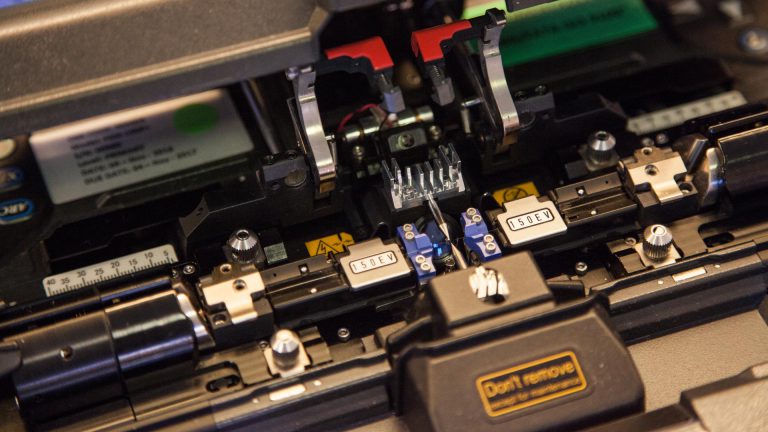
The Army will be “the biggest participant” for the first round of the Pentagon’s Replicator initiative to field thousands of attritable autonomous systems by August 2025 “in terms of quantity,” according to the service’s acquisition chief.
“In the Army’s case, we had something that we were already working on that was similar [to Replicator’s requirements]. So we nominated that and luckily that made the cut. And so that was a win-win for the Army. Those are the ideal situations I think, when it’s something that the service needs to do, can’t quite get through its own system, [the Office of the Secretary of Defense] (OSD) is doing its cross-look oversight and accelerating where they believe it’s necessary for the enterprise. I think that’s the best use of an OSD-led system approach like Replicator,” Doug Bush, assistant secretary of the Army for acquisition, logistics and technology, said on Wednesday.
Deputy Defense Secretary Kathleen Hicks first announced the Replicator initiative last August, detailing the effort to produce and field thousands of “all-domain attritable autonomous systems, or ADA2 capabilities, over the next 18 to 24 months “to help us overcome [China’s] biggest advantage, which is mass.”
Bush did not offer further details on what capability will be scaled up as part of the initiative, which is in line with the department’s approach to not disclose specific Replicator details to the public.
“That’s a choice the department’s made to keep it rather buttoned up. Those in industry that we’re working with of course know [details], but there’s going to be a bit of a gap [for] those that aren’t involved directly just because of the classification structure they put around it,” Bush said during a panel discussion at the Reagan Institute’s National Security Innovation Base Summit in Washington, D.C.
In December, Bush said the Army had nominated three candidate systems for Replicator, confirming they were unmanned systems that are “bigger than a quadcopter but smaller than a MQ-1 [Predator drone].”
Gen. James Slife, the Air Force’s vice chief of staff, joined Bush on the panel and said his service has “several compelling programs” that are being considered for Replicator.
“They’re not quite as technologically mature as some of the Army programs that are going to be in the [first round] of this. But we’re excited, frankly, about the prospects of Replicator,” Slife said.
Hicks confirmed last week that the Pentagon plans to spend $1 billion over the next two years on Replicator, to include $500 million in FY ‘24 that will either be supported by a reprogramming request or included in the final defense appropriations bill and another $500 million included in its FY ‘25 budget submission.
“We need to see that [FY ‘24 funding] come to fruition. [The appropriators] have been very positive about it. But, of course, we don’t have an [FY ‘24 appropriations] bill and the reprogramming request continues to move through as an alternative path,” Hicks said during a separate discussion at the Reagan Institute event on Wednesday.
“If the Ukrainians and Russians can put out thousands of UASs every month — every month — and we are having heart attacks over whether the Defense Department of the United States of America can put out multiple thousands over 18-24 months, if we can’t do that we have a much bigger problem than whether Replicator was a good success. And we say we want us to take risk, this is a good example,” Hicks added.
A version of this story originally appeared in affiliate publication Defense Daily.
The post Army Is ‘Biggest Participant’ By Quantity In First Round Of Replicator, Bush Says – March 20 appeared first on Avionics International.
—————
Boost Internet Speed–
Free Business Hosting–
Free Email Account–
Dropcatch–
Free Secure Email–
Secure Email–
Cheap VOIP Calls–
Free Hosting–
Boost Inflight Wifi–
Premium Domains–
Free Domains







